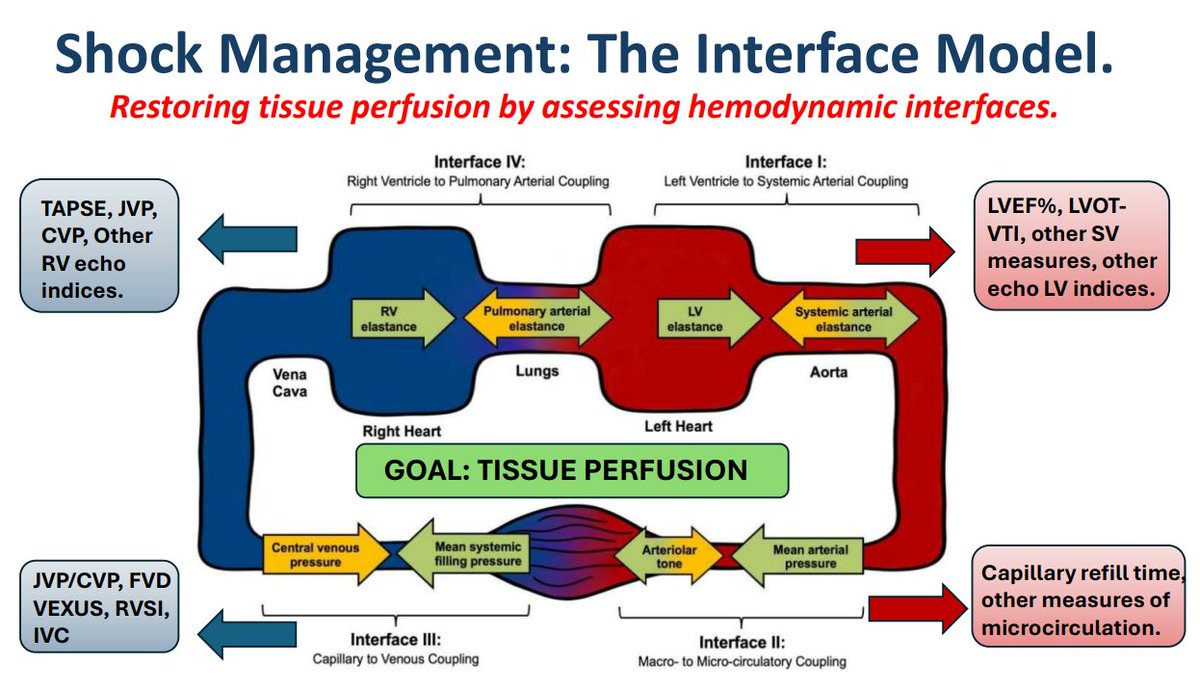What was it?
Multicenter, double-blind, sham-controlled randomized clinical trial (PRINCE study) evaluating remote ischemic preconditioning (RIPC) versus sham intervention to reduce myocardial injury in adult patients undergoing major noncardiac surgery. RIPC involved three cycles of 5-minute limb ischemia (via blood pressure cuff inflation to 200 mmHg) followed by 5-minute reperfusion at the start of surgery.


The Devil in the Details!
- 1,213 patients analyzed (RIPC vs. sham), across 16 centers in Europe and Asia.
- RIPC or sham-RIPC applied at the beginning of anesthesia induction.
- Adult patients undergoing major elective or urgent noncardiac surgery (e.g., vascular, abdominal, thoracic) with moderate to high cardiovascular risk.
- Primary outcome: Myocardial infarction or myocardial injury after noncardiac surgery (MINS), assessed by elevated troponin levels within 7 days post-surgery.
- Secondary outcomes: Composite of cardiovascular events (e.g., stroke, heart failure, cardiac arrest), acute kidney injury, hospital length of stay, mortality at 30 days and 1 year.
- Anesthesia protocol avoided propofol due to potential interaction with RIPC.
The Results!
- Postoperative myocardial injury occurred in
- 215/566 patients (38.0%) in the RIPC group
- 223/596 patients (37.4%) in the sham-RIPC group (relative risk, 1.02; 95% confidence interval, 0.88 to 1.18; P=0.84).
- There were no significant differences in the rate of any secondary outcomes. They observed eleven episodes of limb petechiae (10 [1.7%] in the RIPC group vs 1 [0.2%] in the sham-RIPC group) and 34 (6.0%) hospital readmissions in the RIPC group vs 20 (3.5%) in the sham-RIPC group
- Subgroup analyses (e.g., by surgery type, cardiovascular risk) showed no consistent benefit of RIPC.
They concluded
The authors concluded that among adults undergoing noncardiac surgery, RIPC did not reduce myocardial injury or other postoperative complications compared to sham intervention.
Gripe Point Summary!
Detailed gripes below, but in summary:
- Large sample size but underpowered for rare outcomes like mortality.
- Heterogeneous surgical population may dilute effect size.
- Single RIPC protocol limits exploration of dose-response or timing effects.
- Propofol avoidance may not reflect real-world anesthesia practices.
- Lack of mechanistic data to explain null findings.
- Limited generalizability to low-risk or non-Western populations.
- Short-term troponin monitoring may miss delayed effects.
- Sham procedure may not fully blind patients or staff.
Our Summary
In patients undergoing major noncardiac surgery, RIPC did not reduce myocardial injury or other complications compared to a sham procedure. This well-designed, multicenter trial provides robust evidence against routine RIPC use in this setting, but questions remain about its potential in specific subgroups or with modified protocols. Larger trials targeting high-risk populations or alternative RIPC regimens may still be warranted.
Who’s worked on this before?
Further gripes
- Underpowered for rare outcomes: Despite enrolling 1,213 patients, the trial was not powered to detect differences in low-incidence outcomes like mortality or stroke, limiting its ability to rule out small but clinically relevant effects.
- Heterogeneous population: The inclusion of diverse surgical procedures (vascular, abdominal, thoracic) and risk profiles may have obscured RIPC benefits in specific subgroups, such as high-risk vascular surgery patients where prior studies showed promise.
- Single RIPC protocol: The trial used a fixed regimen (three 5-minute cycles), but optimal timing, duration, or number of cycles remains unclear. Alternative protocols (e.g., repeated RIPC or longer ischemia) might yield different results.
- Propofol avoidance: Excluding propofol to avoid potential interference with RIPC may reduce applicability, as propofol is widely used in clinical practice. This choice also raises questions about whether RIPC’s null effect is anesthesia-dependent.
- Lack of mechanistic insight: The study did not explore why RIPC failed (e.g., no biomarker analysis for humoral or neural pathways), leaving uncertainty about whether the intervention was biologically inactive or simply ineffective in this context.
- Generalizability concerns: Most centers were in Europe and Asia, with specific healthcare systems and patient demographics. Applicability to low-risk patients or other regions (e.g., North America) is uncertain.
- Short-term troponin monitoring: Troponin levels were measured for 7 days, but delayed myocardial effects or longer-term outcomes (beyond 1 year) were not fully assessed, potentially missing subtle benefits or harms.
- Sham procedure limitations: While the sham used a deflated cuff, subtle differences (e.g., patient sensation or staff behavior) could compromise blinding, though the double-blind design mitigates this somewhat.
- No adjustment for multiple comparisons: Secondary outcomes were numerous, increasing the risk of type I errors without statistical correction, though no significant differences were found.
- Exclusion of high-risk patients: Patients with recent myocardial infarction or unstable angina were excluded, potentially reducing the trial’s ability to detect RIPC benefits in the highest-risk groups.
CCN’s Reflection
The PRINCE trial is a rigorous, multicenter effort that decisively challenges the routine use of RIPC to prevent myocardial injury in noncardiac surgery. Its null findings contrast with earlier, smaller studies suggesting cardioprotective benefits, highlighting the importance of large, well-controlled trials. However, the heterogeneous population, fixed RIPC protocol, and lack of mechanistic data leave the door open for further research in targeted subgroups or with optimized RIPC regimens. For now, RIPC remains an intriguing concept that hasn’t translated into clinical impact in this setting. Keep an eye out for future studies exploring its potential in more specific contexts
Written by JW










